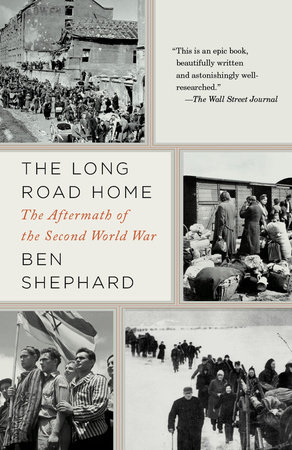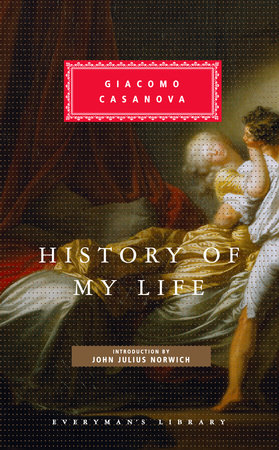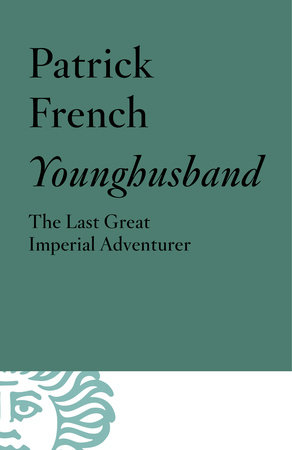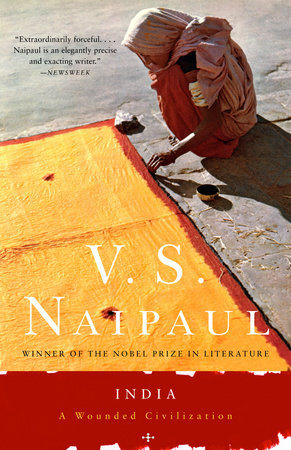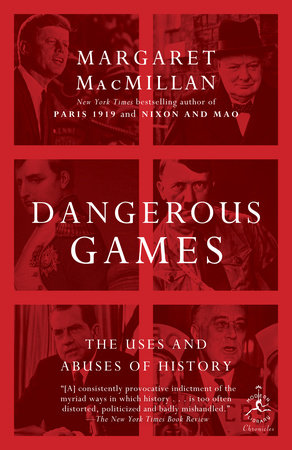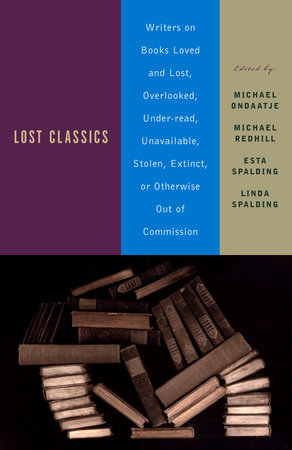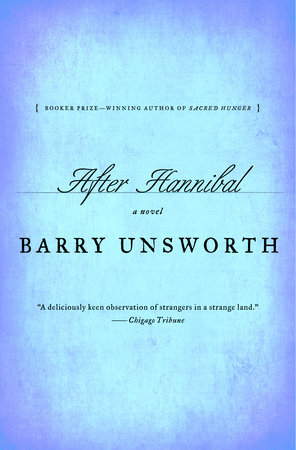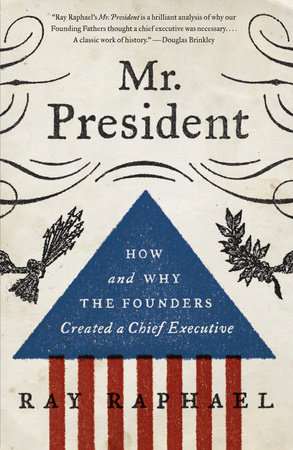Q: You write that growing up in Cape Town, South Africa, your father’s closest friends were “a tall, solemn Prussian aristocrat and art historian whose brother had been executed by Hitler; a volatile Belgian painter who had spent time in the Congo; and a wonderful sculptor whose family was of Lithuanian Jewish background.” Did this experience inspire you to write about the refuge crisis that followed WWII?
A: Not directly. My actual starting point was a letter I found in the papers of the London psychoanalyst, John Rickman. Early in 1945, someone from the United Nations Relief and Rehabilitation Administration (UNRRA)—an organization which when I read the letter I had never heard of—wrote to Rickman, asking whether the techniques of group psychotherapy, which the British Army had developed to help returning Prisoners of War and shell-shocked soldiers to readjust, could be used to help survivors of German concentration camps rehabilitate.
I hadn’t realized that the Allies were planning for the aftermath of the war even as it was going on. That got me into the wider question of why they planned, what they planned for and whether it was effective. The Iraq war made these questions topical.
I soon realized that you also had to go back and look at why there were so many foreigners in Germany in 1945—the whole process of using slave labor—and that the flight of the Germans from the East would also have to be incorporated into the narrative.
By then, distant childhood bells were ringing. Memories, for example, of how my father’s German friend, Jovo von Moltke—whose brother Helmuth von Moltke was executed in 1945—had lost all his family property in East Prussia. Later, when I went to Kaunas (Kovno) in Lithuania and saw the places where the Jews were murdered, I remembered the sculptor, Lippy Lipschitz, whose family (like most South African Jews) came from Lithuania.
I wished then that I had asked these very interesting people about their pasts. But in 1950s Cape Town, you did not talk about the Holocaust; you talked about the Nationalist government’s new policy of apartheid.
Q: Do you see any commonalities between the experience of the DPs of the post-WWII era and those in Indonesia, Haiti, post-Katrina Louisiana, or Pakistan? What might we learn from history in terms of how we approach future crises?
A: I haven’t worked in aid. I originally intended to extract the lessons of the 1940s for the modern era, but eventually decided that to do so would prolong the book (and its writing) too far. However, my friend, Dr. Lynne Jones, has been reading The Long Road Home. A child psychiatrist who has worked in relief in Bosnia, Sierra Leone, Haiti, and many other places and written a much-praised book Then They Started Shooting: Growing Up in Wartime Bosnia, as well as a guide of relief workers, Lynne is currently a Visiting Fellow at Harvard. She writes:
28 October 2010: ‘really enjoying your book if enjoy is the word. It is overwhelming and a history about which I knew so little’
3 November 2010: ‘We needed your book earlier. It should be essential reading for all [refugee] camp managers everywhere. It is both moving and depressing and fascinating and a bit overwhelming…I despair of any of us learning anything from past mistakes…more historians needed in public life.’
24 November 2010: ‘Rather more depressed about our constant reinvention of the same old tired wheels. What bewilders me is why this period has been so neglected by all the analysts of humanitarianism who basically start with Biafra’ [1967-1970] …’
Lynne has found that giving attention to refugees’ practical needs is more important than having psychological programs (she agrees with the UNRRA man, Marvin Klemme, that ‘foresters are worth more than welfare workers’) and that it is best to leave babies with foster-parents.
Q: How did you go about your research? Was it difficult to find the personal memoirs, essays, and oral histories that make this book so engaging?
A: This book was researched at many levels. I went to academic conferences; visited Poland, Israel, and the Baltic republics; and read widely in the secondary literature. But I also knew that, to give human reality to the story, it would be important to find the voices of aid workers and Displaced Persons recorded at the time. Aid workers were not a problem: many were articulate, educated people, sometimes with literary ambitions—especially the women. They wrote letters and kept diaries. Kay Hulme was simply the best of this bunch; the generosity of the Beinecke Library enabled me to spend a month working on her papers.
Refugees were much more difficult. Most were not the sort of people who wrote much down. The testimony of German expellees was taken down, translated into English, and published by the West German government in the 1950s. Decades later, in the 1990s, German scholars interviewed Ukrainians and Russians who had been wartime slave laborers. My main coup was to find, in the papers of an Englishman involved in UNRRA, an unpublished memoir by a Polish-born UNRRA worker, Marta Korwin, attached to which were a number of essays written in 1946 by Displaced Persons. I also read the tape-recorded interviews with Jewish camp survivors conducted in 1946 by the Russian-American psychologist David P. Boder, before deciding not to use them because I concentrated on other Jewish DPs. (For my previous book, on Bergen-Belsen, I read transcripts of, and watched many hours of testimony by, Holocaust survivors in London’s Imperial War Museum and in the Fortunoff Video Archive in Yale).
Where contemporary material was not available, I fell back on memoirs and secondary accounts, but used them with care.
Q: You said that the “dominant mental construct in Allied planning and policy during and after the war was not the ‘The Holocaust’ but the Displaced Person.” What do you mean by that?
A: This is obviously very controversial ground—in 2000, Rabbi Irving Goldman, then Chairman of the United States Holocaust Memorial Council, argued that Allied mishandling of the liberation of the concentration camps “reflected Allied ignorance and failure to plan, which in turn mirrored the democracies’ lack of concern for the fate of the Jews”.
I have dealt with the question of “what was known” in this book and in my previous one. What we can say with certainty is, firstly, that the term ‘Holocaust’ was not used in Allied culture in the 1940s. Indeed, as the distinguished University of Chicago historian Peter Novick has written, ‘to speak of “the Holocaust” as a distinct entity’—that is, as something separate from ‘The Second World War’—is to introduce an anachronism that stands in the way of understanding contemporary responses” in the 1940s (The Holocaust in American Life). The dominant term and mental construct in the 1940s was, rather, that of the ‘Displaced Person’, first coined in 1942, and applied to anyone from an Allied country displaced by the Germans.
Secondly, confronted by an entire continent starving and uprooted, Allied planners did not single out the victims of the death camps for special attention, but tried to devise strategies to help all displaced persons.
Thirdly, as I show, the distinction between what we now call ‘the Holocaust’ and the general exploitation of slave labor had, to some extent, broken down in Germany by the end of the war.
Q: You profile many people in The Long Road Home including David Ben-Gurion, the head of the Zionist organization in Palestine, and Kay Hulme, a welfare worker and UNRRA deputy director. Is there a story that stands out to you the most?
A: Ben-Gurion is the most formidable; Kay Hulme, the most likeable person in the book. My own sympathies went also to Dr Zalman Grinberg, leader of the Jewish survivors in the American Zone of Germany, to Ella Schneider, a Russian German who ended up in Mississippi, and to many others.
Q: What do you think is the most widely misunderstood or unrecognized aspect of the DPs’ experience?
A: Where does one start? The experience of slave laborers and DPs has inevitably been overshadowed by the Holocaust. Only since the end of the Cold War has it become generally recognized that the Nazis’ program for the extermination of the Jews was only one aspect of a gigantic program of human engineering. Millions of Slavs were also expected to die.
Q: What did you discover in your research that most surprised you?
A: What surprised me most was the gulf between the history of the late 1940s as perceived at the time—and the modern conception of it.
Q: Do you think that the United Nations Relief and Rehabilitation Administration’s goal of relocating DPs was clouded by its leaders’ personal and political agendas? What were the UNRRA’s most significant accomplishments and missteps?
A: I try in the book to be fair to UNRRA. It represented a noble ideal; for all its failings, its achievements were enormous. It fed millions of refugees after the war, repatriated many more. It helped the countries of Eastern Europe to recover from the most devastating war in history.
The task of relocating DPs, that is of resettling them in new countries rather than of repatriating them to their own, fell to the International Refugee Organization (IRO), UNRRA’s successor. It made a pretty good job of it.
Q: General Lucius D. Clay described the American people as “idealistic, not realistic” in their approach to the refugee crisis. How did US involvement help and hurt the UNRRA?
A: UNRRA could not have happened without the vision of America’s political leaders and the generosity of her tax-payers. Let us also not forget that the US paid for Lease-Lend, Marshall Aid and numerous other relief programs.
It is an old cliché, though, that in the United States foreign policy is a branch of domestic politics. The humanitarian response to the 1940s refugee crisis was inevitably refracted through the lens of Capitol Hill. Congressmen made sure that the legislation establishing UNRRA carried benefits for their own districts and those whose constituents were Polish-Americans or of German extraction approached these questions in terms of their own electoral interests.
Q: What is your next project?
A: A narrative about four neuroscientists who operated between 1890 and 1940.
